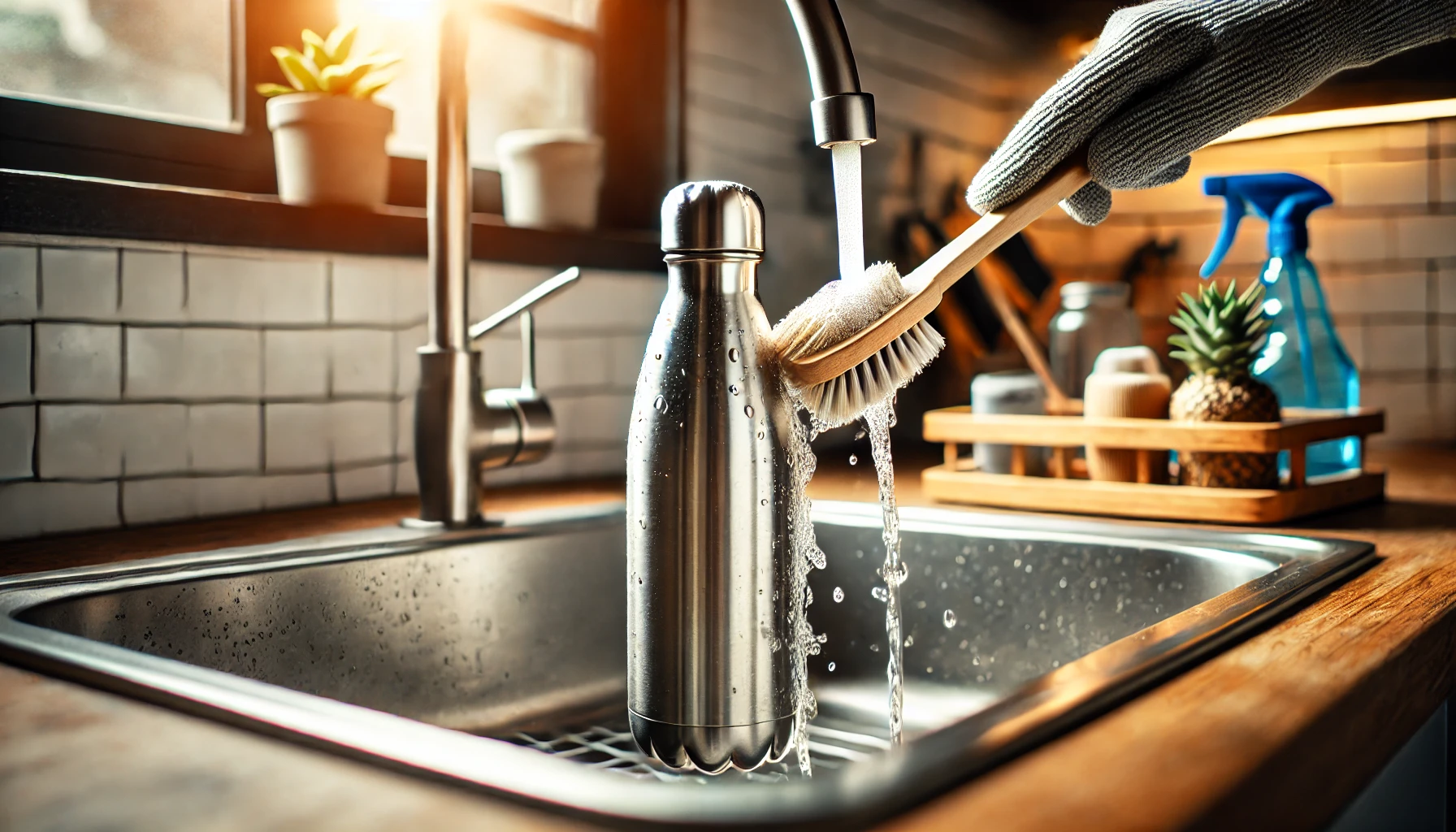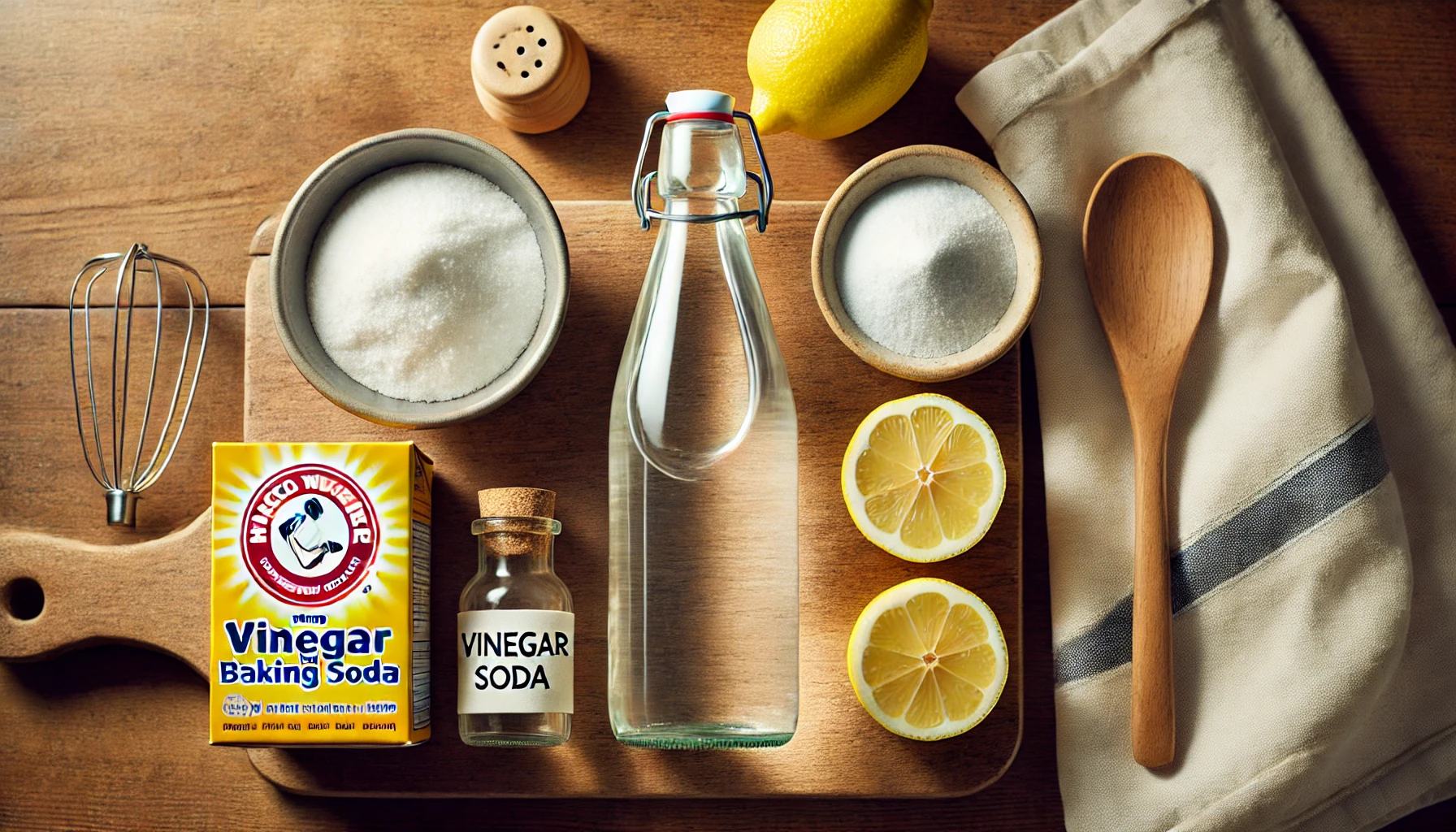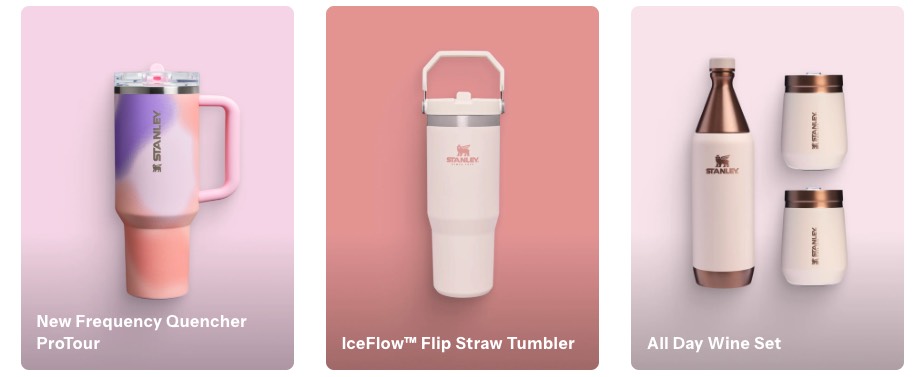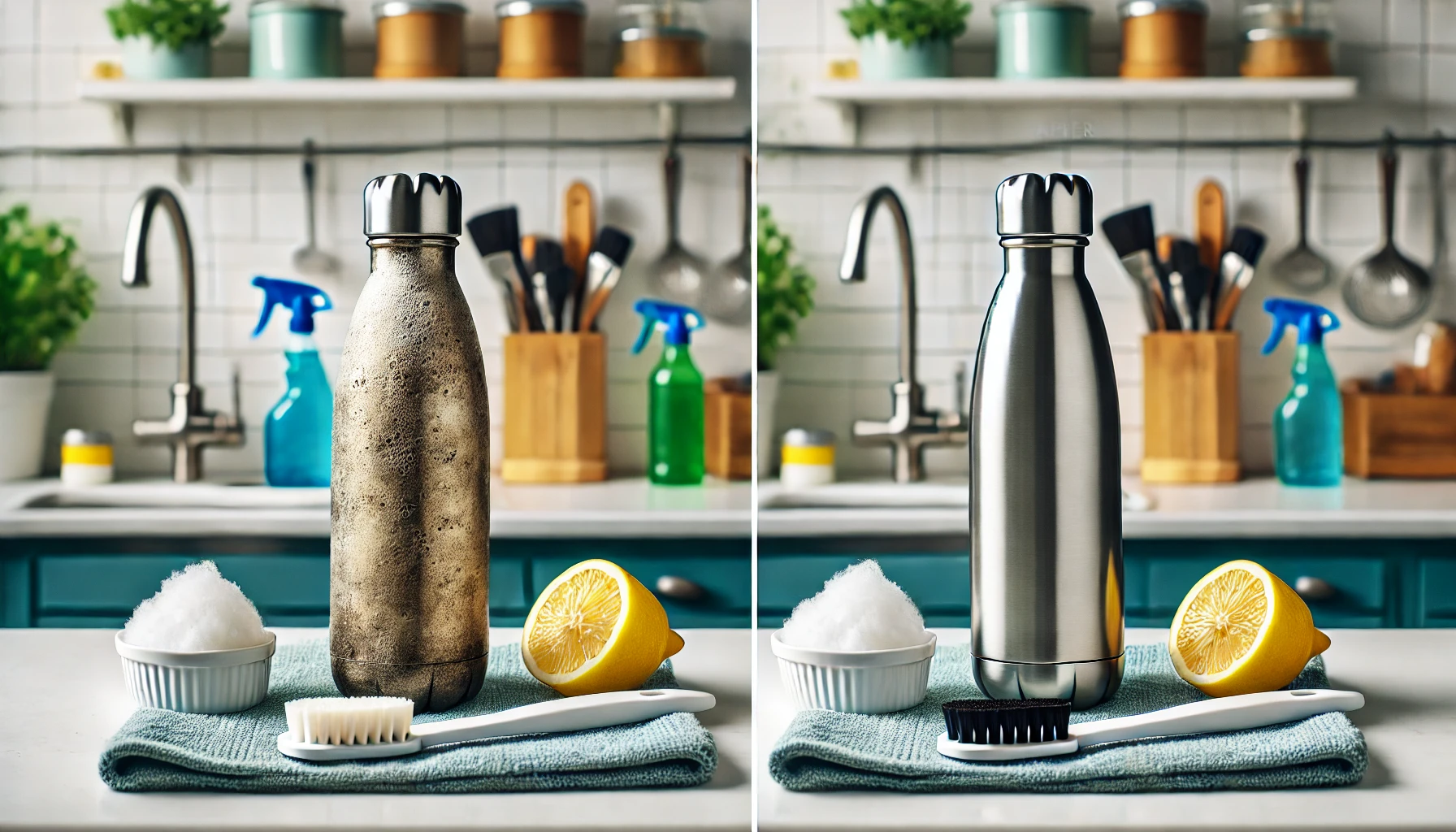
Have you ever noticed a strange or metallic taste1 in your stainless steel water bottle? You’re not alone, and there are simple solutions to fix it.
The odd taste often comes from the material itself or from improper cleaning. Let's explore why this happens and how you can eliminate those unpleasant flavors.
Why Does My Stainless Steel Water Taste Weird?
If your stainless steel water bottle has a strange taste, it’s likely due to a few common factors. I’ve dealt with this before, and I can explain the issue clearly.
Stainless steel itself is typically safe, but factors like leftover residues, improper cleaning2, or even the way the bottle is manufactured can cause unpleasant tastes.

When I first started using stainless steel water bottles at Sibottle, I noticed that some of my earlier batches carried a slight metallic flavor. It turned out that during manufacturing, some bottles had a small amount of residue left from the production process. Also, if the bottle isn’t cleaned properly, residues from the water or other beverages can build up and cause bad tastes.
Reasons for Odd Tastes
- Manufacturing Residue: Some stainless steel bottles retain oils or protective coatings from production.
- Water Quality: Sometimes the quality of your tap water or the presence of minerals can impact the taste.
- Improper Cleaning: If not properly cleaned, a buildup of bacteria or mold can cause off tastes.
How to Prevent Weird Tastes
I recommend you clean your bottle thoroughly before use. A quick rinse after each use can also help prevent these tastes. If the weird flavor persists, it may be time for a deeper clean.
How to Remove Metallic Taste from Water?
A metallic taste can be annoying, but it’s not impossible to get rid of. I’ve experimented with a few techniques over the years, and here are my best solutions.
A few common household items can eliminate metallic tastes, including vinegar, baking soda, and even lemon.

When I first started using metal bottles in production, I noticed the metallic taste myself. To solve this, I tried using vinegar and baking soda. Both ingredients are mild enough not to damage the bottle but strong enough to get rid of unwanted tastes. I’ve since recommended these cleaning methods to many customers, and they’ve reported success in neutralizing the taste.
Steps to Remove Metallic Taste:
- Vinegar Rinse: Fill the bottle with a mixture of 1 part vinegar and 3 parts water. Let it sit for an hour, then rinse it thoroughly.
- Baking Soda Scrub: Make a paste of baking soda and water. Use a brush to scrub the inside of the bottle, then rinse it clean.
- Lemon Soak: Lemon is natural and acidic. Fill your bottle with water and a few slices of lemon. Let it sit for a few hours before rinsing.
| Method | Instructions | Effectiveness |
|---|---|---|
| Vinegar Rinse | Mix 1 part vinegar with 3 parts water, soak for an hour | Good for neutralizing metallic taste |
| Baking Soda Scrub | Make a paste and scrub the bottle, rinse well | Removes stubborn tastes and buildup |
| Lemon Soak | Soak with lemon slices for a few hours | Refreshes and naturally neutralizes odors |
I suggest you repeat the cleaning process a few times, especially if the metallic taste is strong. Over time, your bottle will retain its fresh taste, and you won’t notice any off flavors.
Why Does My Stanley Make My Water Taste Like Metal?
It’s a common question, especially for brands like Stanley, which are well-known for their high-quality stainless steel bottles.
Even the best stainless steel bottles, like those from Stanley, can sometimes leave a metallic taste, often due to manufacturing residues or the specific grade of stainless steel used.

Metal water bottles, not only stainless steel water bottles, sometimes retain traces of oils or chemicals used during manufacturing. However, the good news is that these tastes are usually temporary and can be eliminated with proper cleaning.
Stanley-Specific Issues
Stanley bottles, particularly new ones, may carry a taste from the manufacturing process or the protective coating applied to the interior. This issue isn’t unique to Stanley – it’s common with all stainless steel bottles. Stanley is known for using high-quality materials, but just like any other metal bottle, the residue can cause an off-taste when new.
Cleaning Your Stanley Bottle
To remove the metallic taste, I recommend the same methods I use for other stainless steel bottles. A simple vinegar rinse3 or baking soda scrub4 will go a long way. You may need to repeat the process for a few days until the taste fully fades. It’s a small investment in time that results in a much more enjoyable drinking experience.
| Brand | Cause of Metallic Taste | Solution |
|---|---|---|
| Stanley | Residue from manufacturing or protective coating | Use vinegar rinse or baking soda scrub |
| Other Brands | Same as above | Follow similar cleaning methods for all brands |
From my experience, giving your Stanley bottle a proper first clean will significantly improve the taste. It’s all about making sure there’s no residue left behind.

Conclusion
To remove the metallic taste from a stainless steel water bottle, you need a good cleaning routine. With simple household items like vinegar, baking soda, and lemon, you can eliminate those off flavors and enjoy fresh water every time.
-
Learn effective methods to eliminate metallic taste from your stainless steel water bottle, ensuring a better drinking experience. ↩
-
Discover the importance of proper cleaning techniques to prevent bad tastes and ensure your water bottle remains hygienic. ↩
-
Discover the benefits of using a vinegar rinse to neutralize odors and tastes in your water bottle for a cleaner drinking experience. ↩
-
Find out how a baking soda scrub can remove stubborn tastes and buildup, ensuring your bottle is fresh and clean. ↩

